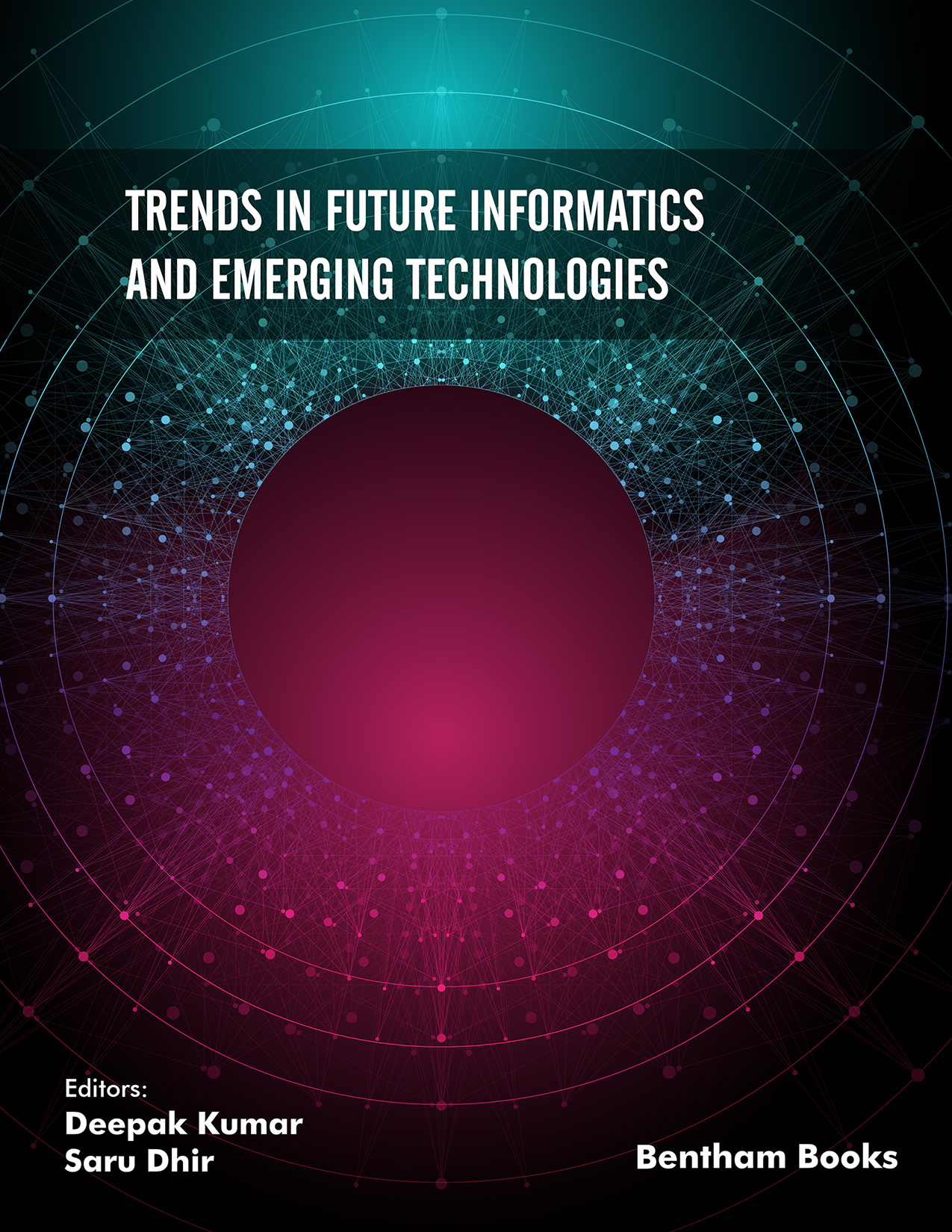Introduction
A variety of computing techniques have been developed in recent times in combination with emerging technologies. Such techniques, coupled with an increase in computing power, has given credence to an information based paradigm in many fields (also termed as informatics). Informatics computing has evolved into complex structures of heterogeneous methods involving multiple data processing applications. Research on new technologies also brings new tools to use along with continuous improvements in existing tools.
This reference presents contributions that cover emerging computing techniques and their implementation in computer science, informatics and engineering, as well as other important topics that are often discussed in the modern computing environment. Chapters in this book are contributed by researchers, academicians and industry experts and inform readers about current computer technologies and applications.
The topics covered in the book include, online privacy, internet gaming disorder, epidemiological modelling (including COVID-19), computer security and malware detection, document sentiment analysis, and project management.
This book is an interesting update on new trends in computing techniques and applications for readers interested in the latest developments in computer science.

